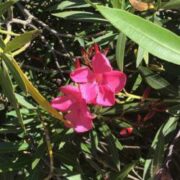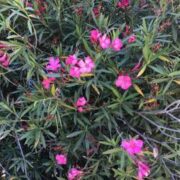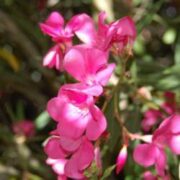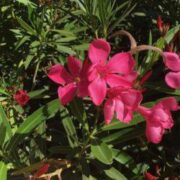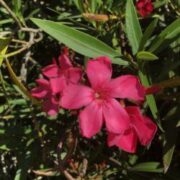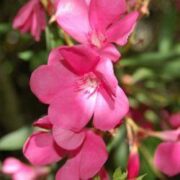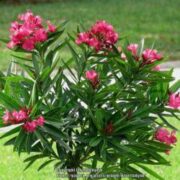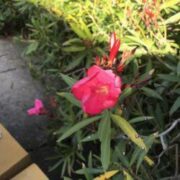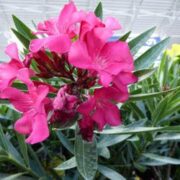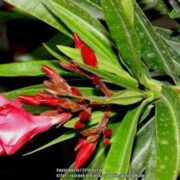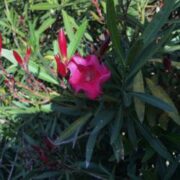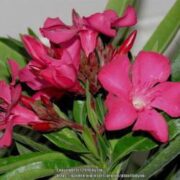Oleander (Nerium oleander) in general, originates from a broad area encompassing the **Mediterranean region and parts of Asia.**
The specific cultivar ‘Calypso’ is still *Nerium oleander*, just a selected variety known for particular characteristics (like flower color, size, or growth habit). Therefore, its ultimate geographical origin is still tied to the broader native range of the species. While horticultural selection can adapt a plant’s tolerance to different conditions, it doesn’t fundamentally change its genetic origins.
Here’s a breakdown of why the Mediterranean and Asia are the key areas:
* **Mediterranean Region:** Oleander thrives in the hot, dry summers and mild, wet winters characteristic of this region. It’s commonly found along streams, riverbeds, and in other moist areas within the Mediterranean landscape.
* **Asia:** Its native range extends eastward through parts of the Middle East and into Asia, including areas of the Indian subcontinent.
While now widely cultivated worldwide, it is not native to places like North America, South America, or Australia.
Not suitable for containers


